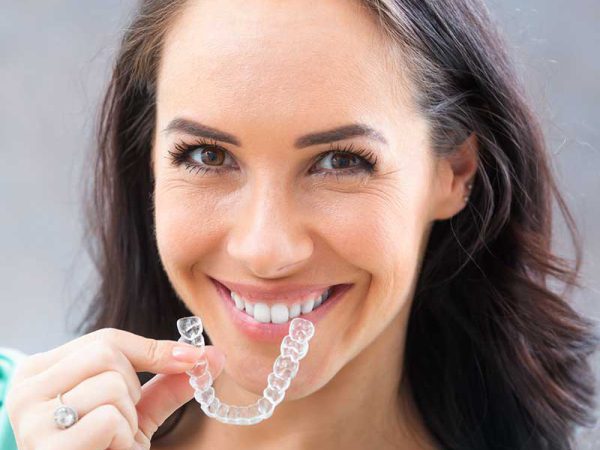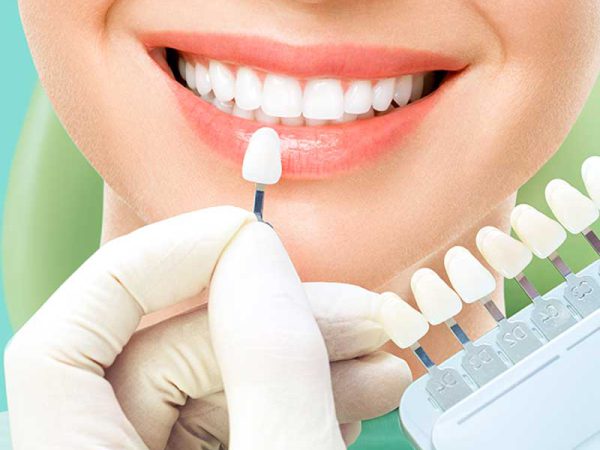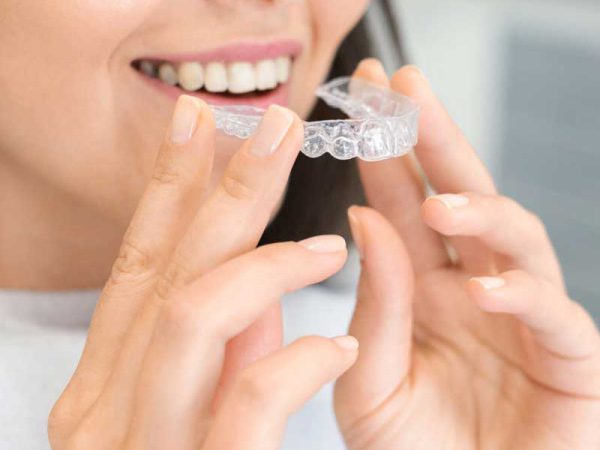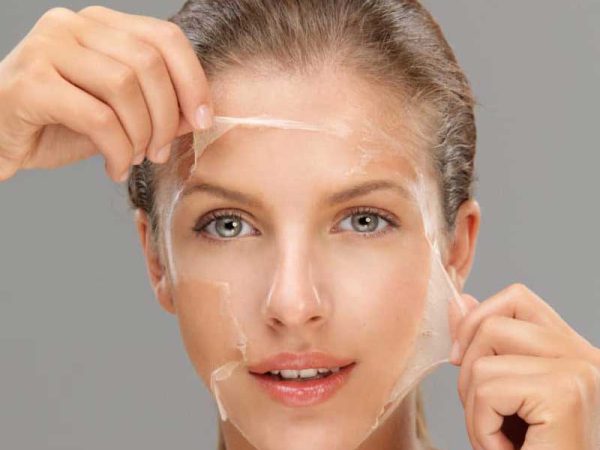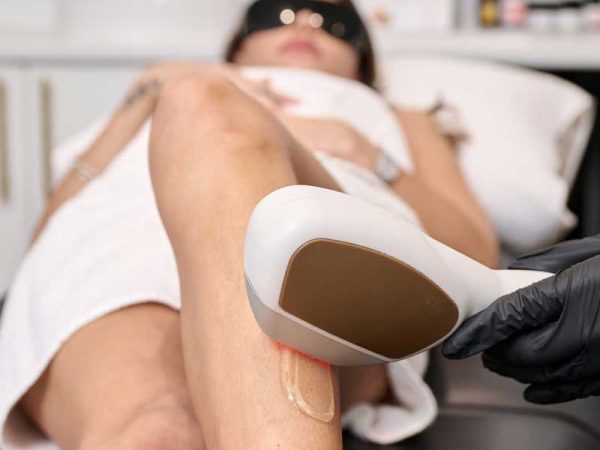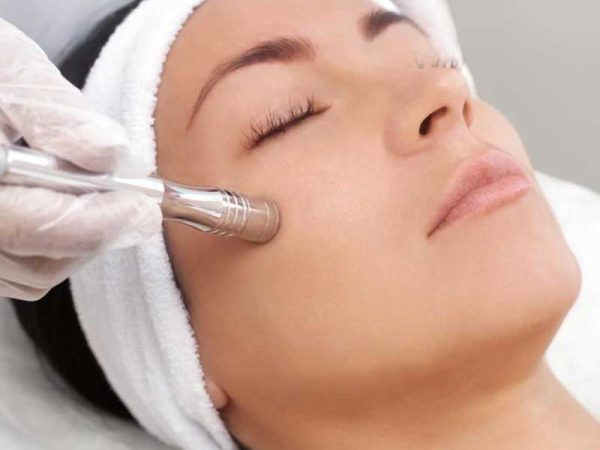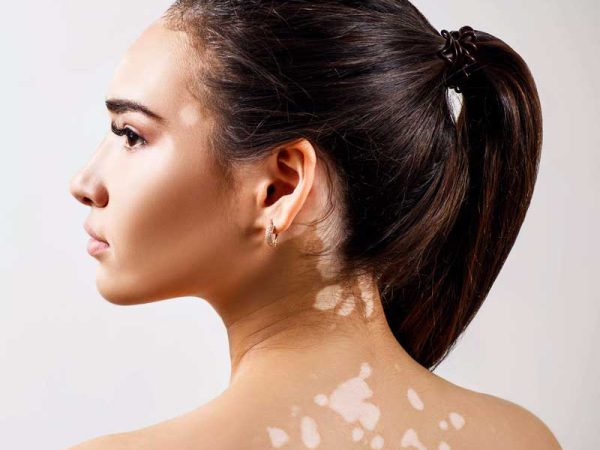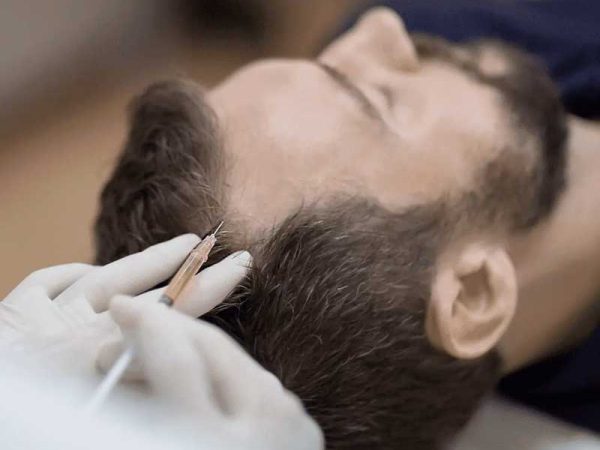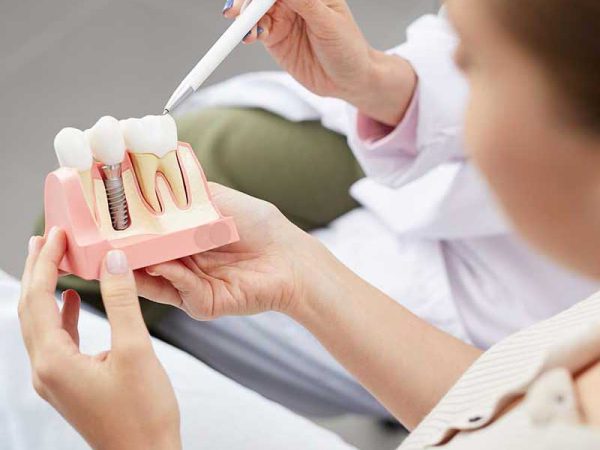Xanthelasma Treatment in Punjabi Bagh by Dr. Vijay Singhal, Dermatologist at Zenith Skin & Dental Clinic
Xanthelasma is a common dermatological condition where yellowish plaques form on or near the eyelids. These plaques are primarily composed of cholesterol and fats, and while they are not harmful, they are often considered cosmetically undesirable. Dr. Vijay Singhal, a renowned dermatologist at Zenith Skin & Dental Clinic in Punjabi Bagh, offers advanced and effective treatments for Xanthelasma.
1. Introduction to Xanthelasma
What is Xanthelasma? Xanthelasma is a benign skin condition characterized by soft, yellowish deposits of fat underneath the skin. It usually occurs around the eyes, often near the upper eyelids. Although Xanthelasma is not harmful or painful, it can affect the appearance and may be an indication of high cholesterol or other underlying health issues.
Why does it appear near the eyes? The skin around the eyes is delicate and more prone to showing signs of fat deposits. Xanthelasma typically manifests in areas where the skin is thinnest, which is why the region around the eyes is commonly affected.
2. Understanding Xanthelasma in Detail
Symptoms and how to identify Xanthelasma Xanthelasma presents as soft, yellowish patches of fat, typically on the upper eyelids. They are painless and do not itch or cause discomfort. However, they can gradually grow and become more prominent over time.

Who is most affected by Xanthelasma? Xanthelasma is more common in middle-aged and older adults, particularly those with lipid disorders, high cholesterol, or a family history of similar skin conditions. It can affect both men and women, but it is slightly more prevalent in women.
3. Diagnosis of Xanthelasma
Dermatologists diagnose Xanthelasma based on its appearance, but in some cases, clinical tests are necessary. These tests may include lipid profiling to assess cholesterol levels, as Xanthelasma is often associated with high cholesterol.
4. Causes of Xanthelasma
Genetics and its role in Xanthelasma Genetics can play a significant role in the development of Xanthelasma. If you have a family history of high cholesterol or lipid disorders, you are more likely to develop Xanthelasma.
Role of cholesterol levels High levels of LDL (bad cholesterol) in the bloodstream can lead to the formation of fatty deposits under the skin, causing Xanthelasma. Managing cholesterol levels is crucial in preventing further development of the condition.
Conclusion
Dr. Vijay Singhal at Zenith Skin & Dental Clinic in Punjabi Bagh is a trusted expert in Xanthelasma treatment, offering both non-invasive and surgical options. His years of experience ensure that every patient receives personalized care and the best treatment outcome. Whether you’re looking to improve your appearance or manage an underlying cholesterol issue, Dr. Singhal provides the expertise you need.
Frequently Asked Questions (FAQs)
- What is the success rate of Xanthelasma treatment at Zenith Clinic? The success rate is high, with most patients seeing significant improvement after treatment.
- Is Xanthelasma removal permanent? Yes, in most cases, Xanthelasma can be permanently removed, but recurrence is possible if underlying causes are not addressed.
- Are there any side effects of the treatments? Side effects are minimal and typically include temporary redness or swelling after treatment.
- How long does it take to recover after treatment? Recovery time varies depending on the treatment but generally takes 1-2 weeks.
- Can I prevent Xanthelasma from reappearing? Maintaining a healthy diet, managing cholesterol levels, and following a proper skincare routine can help prevent recurrence.
- Does insurance cover Xanthelasma removal? Xanthelasma removal is usually considered a cosmetic procedure, so insurance coverage may vary. It’s best to consult your provider.







